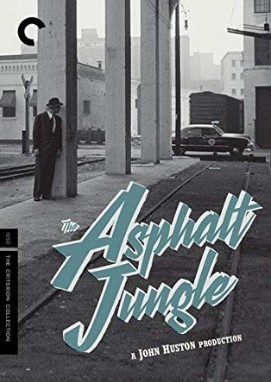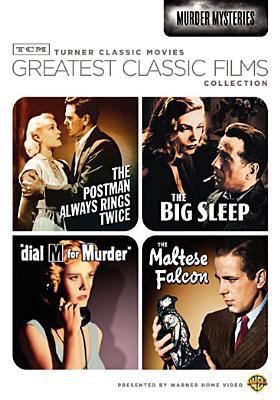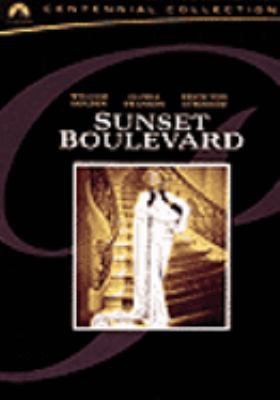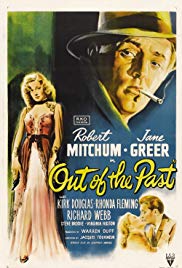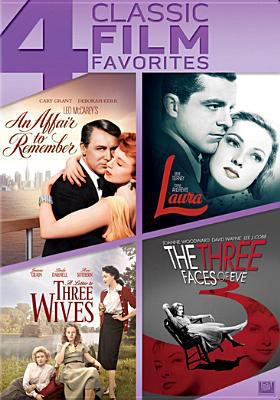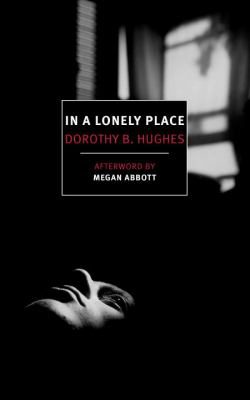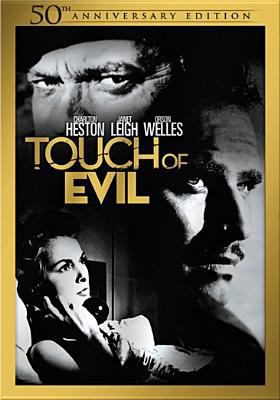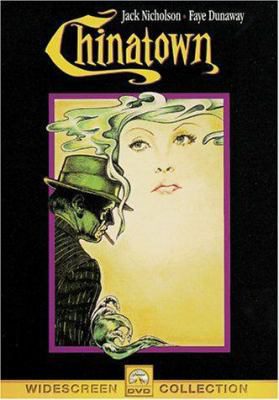When murder smells like honeysuckle: The allure of film noir
Posted on October 30, 2019 at 6:00 am
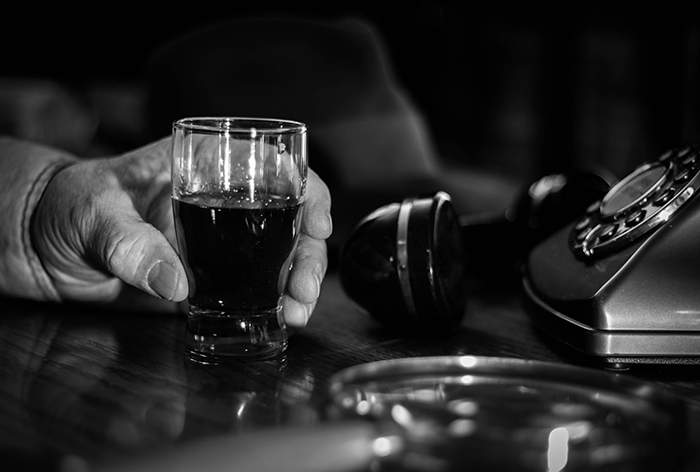
By Melissa Rhoades
In adolescence, my impulse towards mysteries and thrillers was satisfied by Agatha Christie, Arthur Conan Doyle, and Mystery! on PBS. But these days when I get the urge, I’m more likely to pick up a film noir or some of the hardboiled fiction that inspired it.
Less cozy and more convoluted, film noir more fully engages my adult imagination.
But what exactly is film noir?
When first posing this question, I had no idea the answer would be as confusing as one of the genre’s plotlines.
The word “noir” is French for “black” or “dark,” and the term “film noir” was first used in early 20th century France to refer to any American “tough” (cop and gangster) movie. Then, during World War II, US films became inaccessible to Nazi-occupied France. After the war, French critics noticed a change in American movies newly available to them.
Nino Frank (one of these critics) famously wrote that American films no longer followed the ordinary path of detective novels but instead were obsessed with the psychology of criminals. He listed five films in particular that fit this description: The Maltese Falcon (1941); Double Indemnity (1944); Laura (1944), Murder, My Sweet (1944); and The Woman in the Window (1944). Another critic, Jean-Pierre Chartier, claimed that the then-new American films were pessimistic and showed “disgust for humanity.”
Discussions about this new American trend quietly proceeded in France for over a decade before Americans heeded the phrase in the late 1950s. As a result, the earliest Hollywood film to be purposefully made as noir couldn’t have happened until around 1960. Yet film critics and historians typically call any noir from the 1960s onward “neo-noir.”
This means that classic film noir had to have been created as such unconsciously. The genre simply formed from something in the air, a fog of collective unconscious—perhaps a shared sense of trauma from the Great Depression followed by World War II, and then the Cold War fast on its heels.
It’s a fitting birth for a genre focused on human flaws. Noir takes a keen look at the foibles that trip up its characters and, by extension, us: money, power, sex, love, self-delusion, and whatever other uncontrollable forces pull us down a path towards Greek tragedy.
One crystal-clear example of this tragic element is John Huston’s 1950 film The Asphalt Jungle, in which every main character loses as a result of their own idiosyncratic Achilles’ heel.
Beyond this basic focus, it can be difficult to pin down what constitutes noir. Filmmakers admit it can be more about a feeling than setting or plot devices. David Lynch is quoted as saying:
Film noir has a mood that everyone can feel. It’s people in trouble, at night, with a little bit of wind and the right kind of music. It’s a beautiful thing.
Part of this beauty lies in delightfully witty and stylized dialogue, packed with word play and mid-century euphemisms. High-caliber pulp fiction from the 1930s and 1940s offered inspiration for many noir movies, including hardboiled detective novels by Raymond Chandler and Dashiell Hammett, as well as novels from the criminal’s perspective, like those of James M. Cain.
Double Indemnity offers the ultimate in noir banter, including plenty of obliquely steamy dialogue between Walter Neff (Fred MacMurray) and Phyllis Dietrichson (Barbara Stanwyck). Based on a novel by Cain, the screenplay was co-written by director Billy Wilder and novelist Chandler, who makes a cameo appearance 16 minutes into the film. Chandler’s poetic style makes an early appearance too, as Walter narrates in flashback how everything began to unravel for him:
It was mid-afternoon, and it’s funny, I can still remember the smell of honeysuckle all along that block. I felt like a million. There was no way in all this world I could have known that murder sometimes can smell like honeysuckle…
Due in part to these literary roots, noir plots can be convoluted and difficult to follow. But getting lost is part of the pleasure. As director Christopher Nolan is said to have observed:
If you picture the story as a maze, you don’t want to be hanging above the maze watching the characters make the wrong choices because it’s frustrating. You actually want to be in the maze with them, making the turns at their side. That keeps it more exciting…
Writers can even get lost in their own maze. While filming the 1946 movie The Big Sleep (based on Chandler’s 1939 novel of the same name), the studio cabled Chandler asking who had killed the chauffeur. Famously, the author had to admit he didn’t know.
In noir, as in life, answers sometimes can’t be found. Cozy and classic mysteries (like those written by Christie and Conan Doyle) reinforce our belief that justice will be served. Noir stories tend to do the opposite, eroding our confidence that justice can even be sufficiently defined.
Yet skillful camera work makes this erosion irresistible to watch. Artful cinematography has always played a prominent role in the genre, thanks in part to the talents of German immigrants that fled Nazi-occupied Europe. Film veteran Fritz Lang was one of these visionary immigrant talents. Wilder was another. Exaggerated light and shadow, stark angles, night scenes, and the use of reflections were all adopted from German Expressionism.
Take, for example, the low-angle shot near the beginning of Wilder’s Sunset Blvd, where the audience suddenly finds themselves looking up from the bottom of a swimming pool into the face of a drowned man. Fast tracking shots in Stanley Kubrick’s 1956 film The Killing help provide a sense of nervous busyness in the planning of a heist. And the long tracking shot through the Mexican town that opens Orson Welles’ Touch of Evil is simply stunning.
Stylization isn’t limited to dialogue and camera angles, either. Gender roles become stylized battles between masculine protagonists (whether detective or criminal) and femme fatales (fatal women). These female characters are forces to be reckoned with—smart, strong, and ready to take advantage of anyone who buys into their charm. For my all-time favorite femme fatale, watch Jane Greer in Jacques Tourneur’s 1947 film Out of the Past (also starring Robert Mitchum).
The role of the femme fatale has rightly been scrutinized as misogynistic. Generally, these characters are beautiful sex symbols that must be killed once they can’t be controlled. But some noir portrays gender from a female perspective. Otto Preminger’s 1944 film Laura (based on the 1943 novel by Vera Caspary), reveals a conniving man whose attempts to control an independent (and innocent) career woman lead to murder.
In Nicolas Ray’s 1950 film In a Lonely Place (based on Dorothy Hughes 1947 novel), protagonist Dix Steele (played by Humphrey Bogart) turns out to be a deeply violent man. Spoiler alert: in the novel (but not the film) Steele is a serial killer caught by the female lead in the end.
While many noir movies are intended as pure entertainment, some achieve a multilayered artistry that encourages the audience to reflect on social issues too.
Welles’ 1958 noir Touch of Evil is one example. Unfortunately, the studio took production away from Welles and he was never allowed to complete the film the way he wanted to. However, a 58-page memo he wrote to the studio has survived. In 1998, this memo was used to create a “restored” version of the film that comes much closer to Welles’ original vision.
Set in a border town along the US-Mexico border, the movie portrays the mental unraveling of a corrupt cop with a tragic past (played by Welles). It’s unfortunate (but not surprising) that Charlton Heston (a white man) was cast to play the lead role of Miguel Vargas, a Mexican drug-enforcement official. Nevertheless, the film’s treatment of racism and police corruption transcends this transgression and feels all too topical today.
Roman Polanski’s 1974 neo-noir Chinatown also packs a multilayered wallop. Set in 1937 Los Angeles, the movie stars Jack Nicholson as a hardboiled gumshoe and Faye Dunaway as a mysterious love interest. The appropriately twisty plot involves a deadly power struggle over water rights. Side plots artfully suggest parallels between environmental domination and white male domination over people of color and women. It’s ironic that a film directed by Polanski (who is embroiled in a decades-old sex-abuse scandal) so candidly exposes the power and pain involved in sexual violence.
Additional neo-noir must-sees include The Long Goodbye (1973, based on the book by Chandler), Blood Simple (1984), L.A. Confidential (1997, based on the book by James Ellroy), and Memento (2000). For a speculative expansion on the genre, watch the tech-noir movie Blade Runner (1982, based on Do Androids Dream of Electric Sheep? by Philip K. Dick).
Film noir’s importance in our cultural milieu is reflected by its inclusions in the National Film Registry, a list of films deemed “culturally, historically or aesthetically significant” by the Library of Congress. Of the 18 films mentioned in this post, 13 (over two-thirds) have already secured a spot in the Registry.
Whether you want a thrill for just one evening or something to roll around in your mind for days, noir might be exactly what you’re looking for. Just watch out for the scent of honeysuckle.

Tags: adults, American, cinema, dark, detective, DVDs, femme fatale, film, film noir, French, hard boiled, movies, murder, mystery, neo-noir, night, plot

